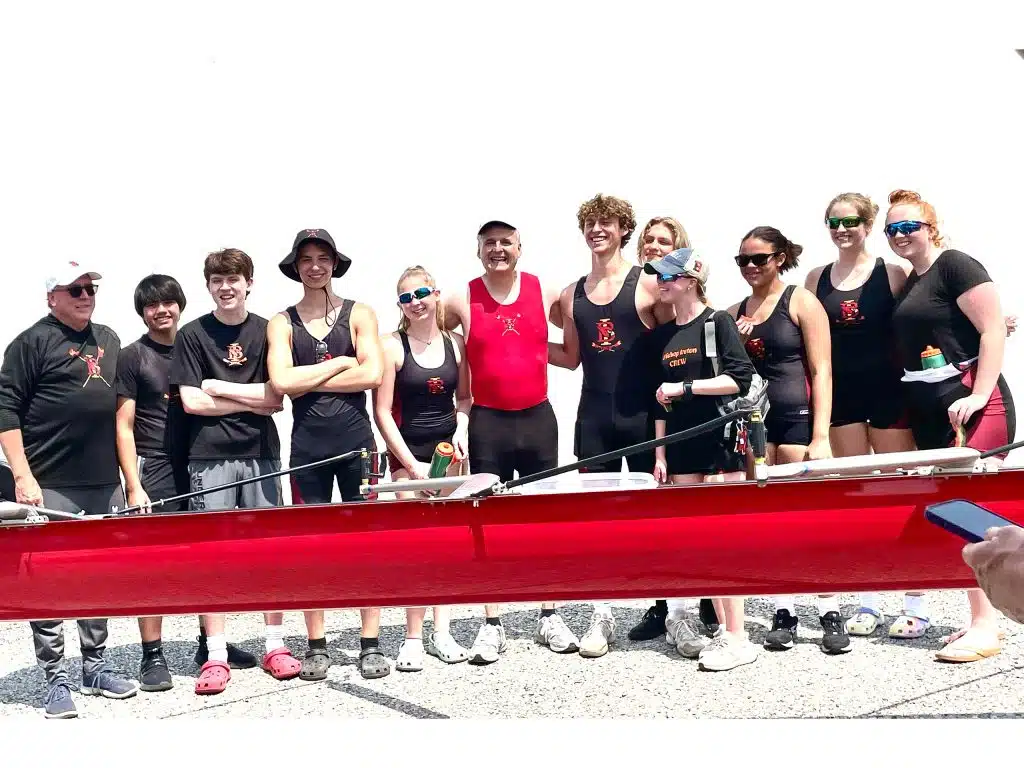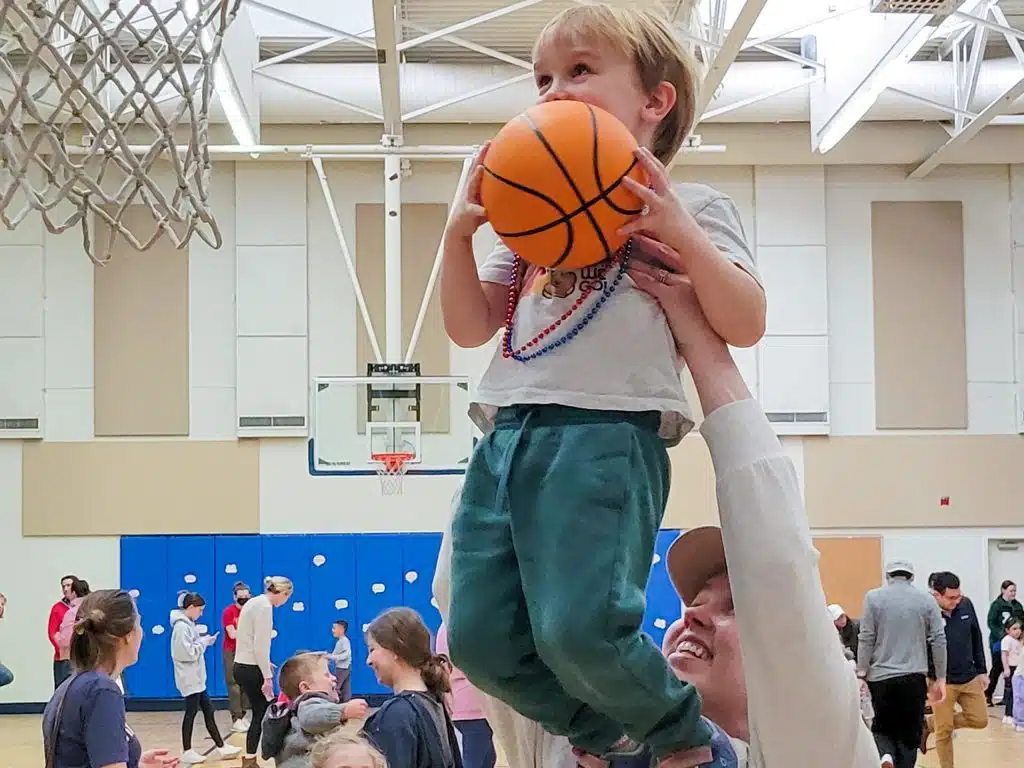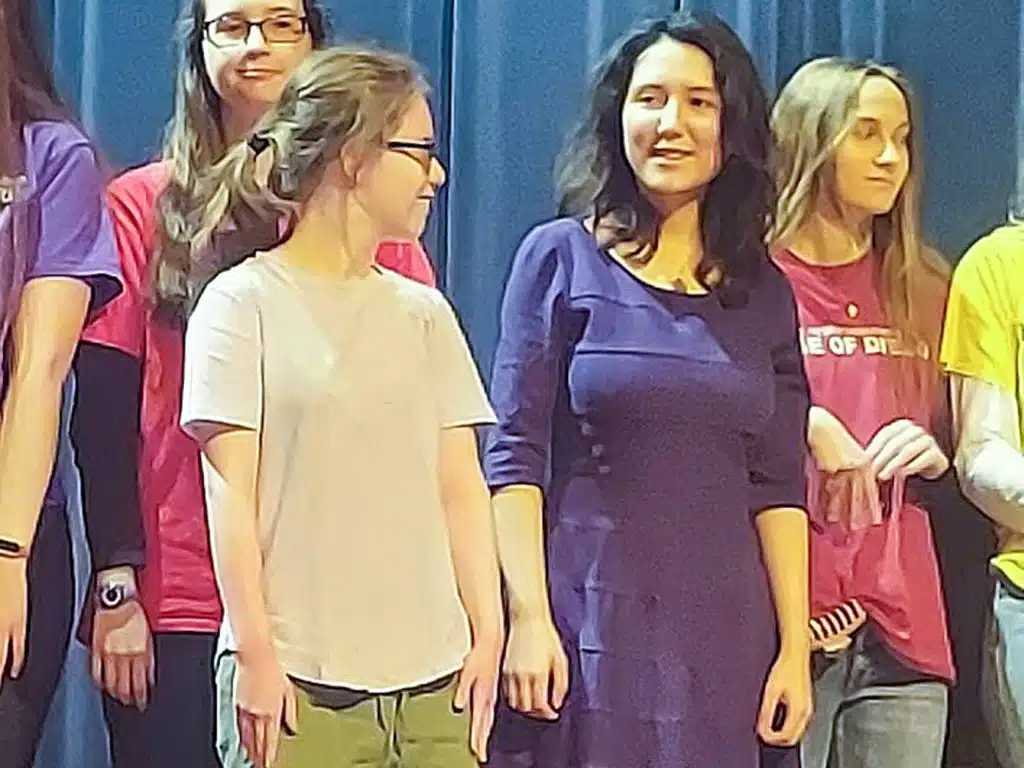Fresh on the heels of an extended break, the first two weeks of January represent the dog days of the academic year for any teacher. If you’re one of the lucky ones, you might be close to halfway through your curriculum, but getting rejuvenated for the work that lies ahead is a struggle.
It hasn’t taken long for me to recognize this mid-year pattern in just my second year teaching at Paul VI Catholic High School in Fairfax.
During this period, I’ve found that it’s easy to get bogged down by the minutiae of what the work of a teacher requires on a day-to-day basis – often at the expense of recognizing larger goals. The real challenge is refusing to let the anxiety of trying to get every paper graded by a certain date, or of forcing the pace of your class to mesh perfectly with your curriculum schedule, or of making sure each lesson is an unflappable slam dunk., to distract from the highest aims of Catholic education.
That higher purpose is to see my 11th grade students as more than empty buckets to fill with reading homework, writing exercises and key words to define; to recognize them first as young people loved by God and endowed in His image with all their talents, weaknesses and eccentricities.
I love exposing my students to American literature and helping them find a voice in their writing, but there’s a ministerial call to Catholic education that also resonates with me and urges me to be better every day.
Two main encounters during this academic year have brought the primacy of this call into focus.
The first happens each day at the start of every class when I join my students in a short prayer. While the routine of classroom prayer – often a simple Hail Mary – can sometimes seem merely habitual, the way in which this brief turning to God establishes priority and reverence at the start of a class can’t be overstated.
Praying with my class is a reminder, for myself and hopefully also for them, that as teacher and student, brother and sister in Christ, we are in this journey together. From this place, we are able to call on the Lord with grateful hearts and ask for His blessing. It’s also an opportunity to remember classmates, faculty members and others in the community who are in need of prayer.
I hope for my students that the routine of classroom prayer is also a reminder that amid the bell-to-bell hustle in the hallways, the successes and failures in the classroom and the before and after school drama, there is a God who delights in them.
The second encounter that brought this Catholic model of holistic education into focus was the opportunity I had to chaperone a campus ministry retreat in the fall. The two-and-a-half-day retreat included daily Mass, adoration and other opportunities for prayer and reflection. I also joined the all-male retreatants in a zipline experience that had us leaping from a 50-foot platform to a high-speed descent through a lush Virginia forest. What a trip.
Knowing that attendance on at least one retreat is a graduation requirement for students, I had some concerns that many students wouldn’t embrace the real opportunity the weekend offered them to come to know God, themselves and each other in a deeper way. I also led a small group, which I worried might not be willing to delve into spiritual insights. I was pleased to discover I was wrong on both accounts.
While some students took to the prayer and reflection with greater zeal than others, participation was universal, and interactions between students seemed to be overwhelmingly positive. In our small group, several students shared openly about how they might use the retreat experience to make concrete changes in their lives and behavior.
To see such a wide swath of students, representing every cross-section of the student body, come together in prayer and community made for a memorable few days. Even for those students on retreat who were not Catholic, I can’t imagine anyone left the retreat center that weekend unaffected.
Perhaps the biggest change I witnessed came when I entered the classroom again the following week, reminded of who these students are that wander the halls, forget their homework and get distracted so easily. They’re young men and women created for greatness – and not the flat, one-dimensional greatness that can be attained with straight As, perfect attendance and careful note-taking, but the greatness that comes from entering into a lifelong pursuit of wisdom, while fighting to maintain a childlike wonder before God.
It’s in these moments that I recognize how blessed I am to play whatever small role I can in helping students recognize and seize that mission.
Here’s to the next six months – we can do it.
Sylvain, a graduate of George Mason University in Fairfax, teaches American literature and Web page design at Paul VI Catholic High School in Fairfax.


